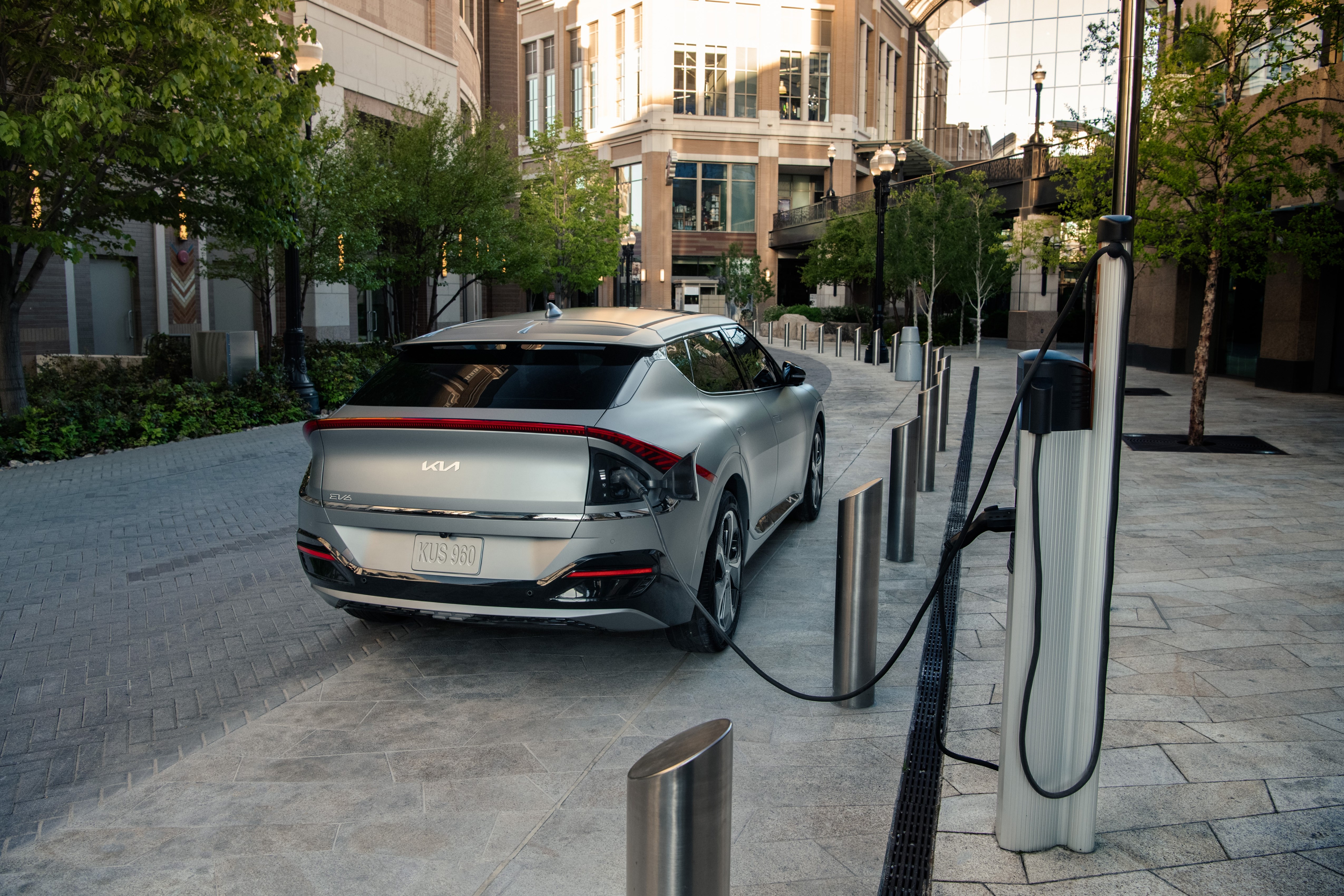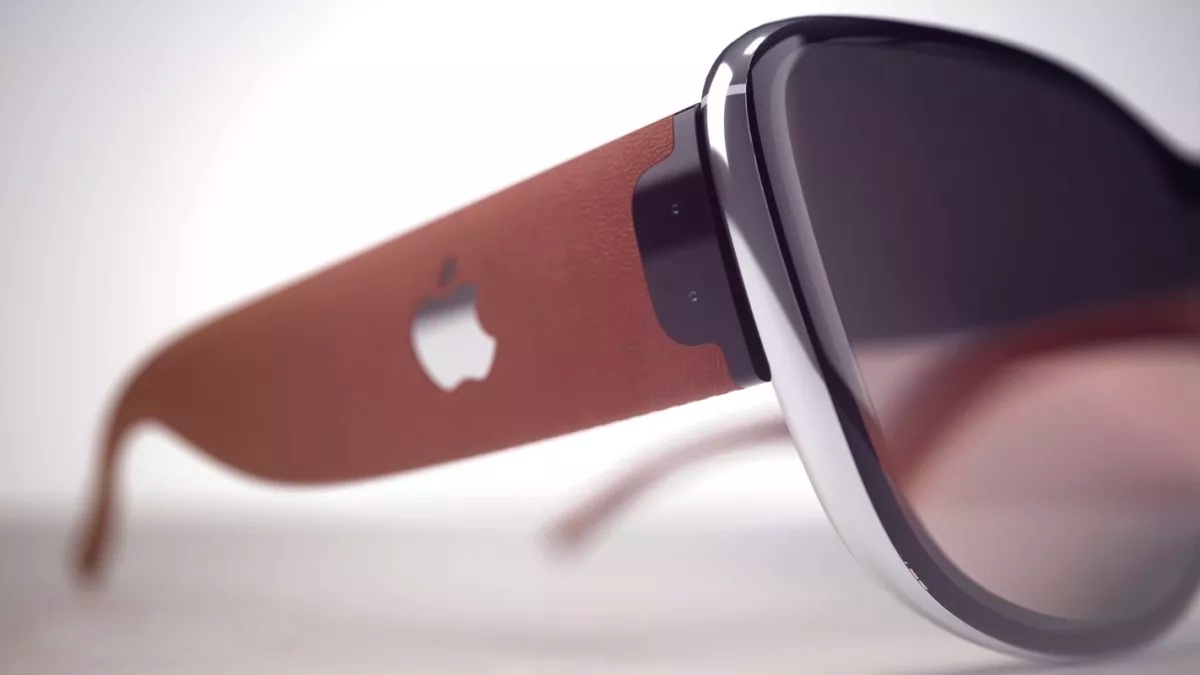The big switch to EVs won't happen without this
EV chargers are important, but so are the incentives that get people switching to electric

Electric cars are pretty pricey things, and even the cheaper models are significantly more expensive than the gasoline-powered counterparts on sale. Government incentives can ease the burden somewhat, but not everyone agrees that subsidizing the sale of electric cars (for now, at least) is the right way to go.
Kia UK boss Paul Philpott believes that the rising popularity of electric cars means that money would be better spent on improving charging infrastructure. He is correct that we need to invest more in EV charging, but there’s no reason why it has to be an either/or situation.
Philpott made the comments at the What Car? Car of the Year Awards, where the Kia EV6 took the top prize (via AutoCar). He claims that people are less worried about range anxiety, and are more focussed on “charging anxiety” — i.e. the worry that they won’t have somewhere to recharge their car. And that’s why there needs to be more investment in the charging network.
“There has to be absolute confidence in the charging infrastructure,” Phillpot said, “and it’s why government policy has to move away from grants to entice people to buy an EV to real tangible investment in the infrastructure that every customer across the UK can feel confident with.”
EVs are more expensive than the alternative
Personally, I don’t see much difference between range anxiety and charge anxiety. They’re both basically the same problem, just packed in a different layer of semantics. But I don't actually disagree on the point on needing more EV chargers.
Charging infrastructure has come a long way over the past decade, but there’s still a lot of work that needs doing. We need better availability of DC rapid chargers and AC destination chargers, for the people who either can’t regularly recharge at home, or have taken their car on an extended road trip.
However, electric cars are almost universally more expensive than their gasoline-powered equivalents. Because of that, financial incentives still have an important role to play in encouraging EV adoption. Especially given various world governments’ plans to ban the sale of new gasoline-powered cars from 2030.
For instance, here in the U.K. the Nissan Leaf starts at £26,995 ($36,583) while the Nissan Micra, which has the exact same shape and design, starts at £16,675 ($22,598). That’s with the U.K.’s plug-in car grant, which reduces the price by £1,500 ($2,003) at the point of sale.
Over in the U.S., the Ford F-150 starts at $29,290, while the all-electric F-150 Lightning starts at $39,974. However the F-150 will be eligible for a $7,500 federal tax credit, which could potentially lower that price to $32,474. It’s still more expensive than the gas-powered pickup, but the financial incentive means the truck’s eventual price is much more palatable.
Electric cars do make up for the price difference over time, that’s no secret. EV’s require less regular maintenance, have fewer moving parts that can fail, and cost significantly less to power. But that is a long-term commitment, and it takes time for those savings to accumulate, which means it’s no good if you can’t justify the initial investment.
EVs are still in the minority
Of course, those EV financial incentives are not going to be around forever. Increasing EV sales mean the incentives have been doing their job, but they become less necessary as a result. Are we at that stage yet?
We’ve already seen this in action over in the U.K., which has seen a considerable rise in EV popularity over the past few years, with sales increasing by an estimated 76.3% in 2021 (via HeyCar) — accounting for 11% of all new car sales in the U.K. As a result the government has cut the plug-in vehicle grant.
Currently the U.K. offers up to £1,500 ($2,033) off the sale price of approved electric cars that cost less than £32,000 ($43,378). However, this is significantly lower than it was just one year ago.
In January 2021, U.K. EV buyers could claim up to £3,500 ($4,741) on zero emission cars that cost under £50,000 ($67,732). This later dropped to £2,500 ($3,386) off cars under £35,000 ($47,412) in March 2021, and then down to the current levels in December.
But despite this EVs and hybrids still account for a very small percentage of cars on British roads. Just 2% as of December 2021, according to HeyCar. So while sales may be on the increase, EVs are still being dwarfed by gasoline and diesel powered cars. Clearly there’s still work to be done to improve electrification of the roads.
In the U.S. EVs are very much still in their infancy. A Reuters report says that less than 1% of the 250 million cars, SUVs and light-duty trucks on the road in the U.S. are electric. But industry analysis firm IHS Markit predicts that 32% of total 'light vehicle sales' will be electric by 2030 and and that number could grow to 45% by 2035.
Bottom Line
The cheapest Kia EV on sale in the U.K. is the £32,895 e-Niro, which was the best-selling EV in January according to Autocar. Philpott claims that the fact the company’s cars are now ineligible for the plug-in car gant “[has] not affected demand one bit”.
Which is fantastic news for both Kia and local air quality, but doesn’t change the fact that there are still a lot of EV-skeptics out there. Sure, there will be a point where incentives are no longer necessary. But electric cars are still a very clear minority, and that needs to change.
Appealing to peoples’ finances, especially with inflation and cost of living being what it is right now, is the perfect opportunity to bring people over to team electric.
But there’s no reason why this has to come at the expense of investment in EV charging. The two go hand in hand, and if we want electrification to be successful we do need to tackle both problems at the same time.
Read next: New York State is going to ban non-EV sales by 2035 — here's what you need to know
Sign up to get the BEST of Tom's Guide direct to your inbox.
Get instant access to breaking news, the hottest reviews, great deals and helpful tips.

Tom is the Tom's Guide's UK Phones Editor, tackling the latest smartphone news and vocally expressing his opinions about upcoming features or changes. It's long way from his days as editor of Gizmodo UK, when pretty much everything was on the table. He’s usually found trying to squeeze another giant Lego set onto the shelf, draining very large cups of coffee, or complaining about how terrible his Smart TV is.
